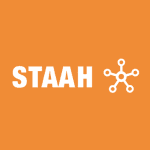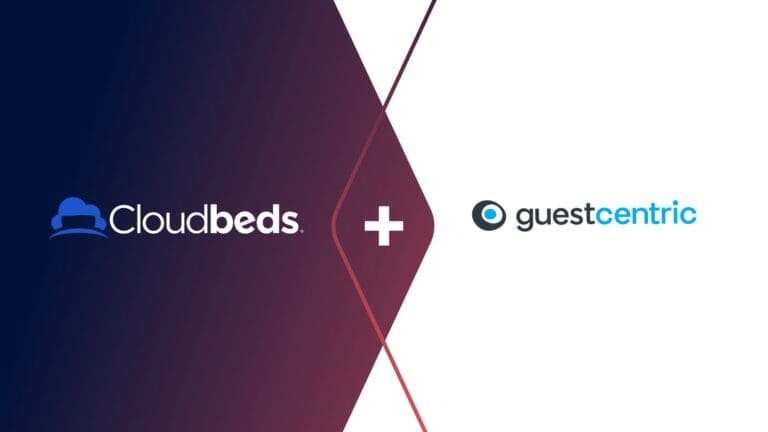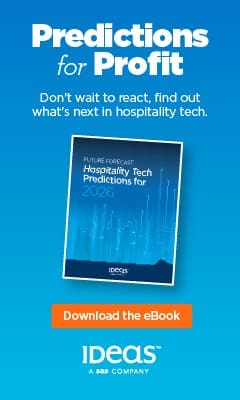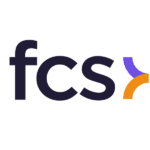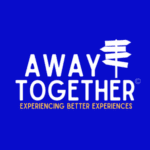 On one side, you have OTAs (online travel agents) that are vital distribution partners to liquidate unsold inventory and put heads in beds. On the other side, you have the hotel’s direct channel, their website, which is the most profitable for online booking.
On one side, you have OTAs (online travel agents) that are vital distribution partners to liquidate unsold inventory and put heads in beds. On the other side, you have the hotel’s direct channel, their website, which is the most profitable for online booking.
Establishing a better mix between OTAs vs. direct bookings from third-party distributors and direct bookings or the right balance OTAs vs. Direct can help modern hoteliers maximise revenue and take full advantage of projected market growth.
The OTA dominance and advantage
The OTA dominance in the distribution space is hardly one you can ignore; almost 2-1 share of bookings according to market reports. The primary drivers for this is their nimble nature. They are also well-armed with technology and highly knowledgeable of online shopping tactics and strategies. In addition, they leverage their own loyalty programmes to keep potential guests shopping on their channels.
There are some distinct advantages of partnering with OTAs.
- Wide reach: OTAs have a global presence and extensive marketing budgets, helping properties gain visibility to a broad audience.
- Marketing and advertising: OTAs invest heavily in marketing, which can drive significant traffic and bookings.
- Customer trust: Many travellers trust OTAs due to their established reputation and user-friendly platforms.
- Distribution: OTAs provide a diverse distribution channel that can help fill rooms during off-peak times.
This dominance comes at a cost. And hoteliers are quite familiar with how rapidly these have grown in the last few years. Hence, the turn to optimising direct bookings.
 Why direct bookings matter?
Why direct bookings matter?
- Higher profit margins: Direct bookings eliminate the commission fees paid to OTAs, increasing profitability.
- Control over customer data: Direct bookings allow properties to collect guest information, aiding in personalised marketing and enhancing guest relationships. This also helps foster brand loyalty.
- Customised experience: Hotels can offer tailored packages, room upgrades, and exclusive deals that might not be available through OTAs.
Striking a balance
Where OTAs are the volume drivers, direct is the profit pilot. A successful balance between the two requires leveraging the strengths of each channel to inform your business goals. Supporting both channels is important and here are a few ways to maximise returns from them:
- Optimising your website: Ensure your website is user-friendly, mobile-responsive and provides a seamless booking experience. Use high-quality images, detailed descriptions and clear calls-to-action.
- Making booking via your website easy: Your booking engine plays a crucial role in converting website visitors into bookers. A smart booking engine such as SwiftBook can help you make optimised decisions via dynamic pricing as well as offer discounts, loyalty programmes, free amenities or flexible cancellation policies for guests who book directly.
- Invest in marketing: Use meta search engines, SEO and SEM to attract direct traffic to your website. Capitalise on the website visitors through remarketing campaigns, particularly those that didn’t complete a booking. Combine the power of search with social media and email marketing to round off all channels.
- User reviews and testimonials: Encourage satisfied guests to leave reviews on your website and social media platforms, enhancing your property’s credibility.
- Channel management: Use a channel manager to synchronise availability and rates across all distribution channels, reducing the risk of overbooking and ensuring rate parity. Using insights from your channel manager, you can also dial-up the high-performing channels in real-time.
- Partnerships and collaborations: Collaborate with local businesses and tourism boards to create attractive packages that encourage direct bookings.
 Equally managing OTA relationships will help ensure you maximise your spend with them. Some tips to keep in mind for OTAs:
Equally managing OTA relationships will help ensure you maximise your spend with them. Some tips to keep in mind for OTAs:
- Negotiating commissions regularly to ensure they remain favourable.
- Participate in OTA promotions selectively, targeting periods of low occupancy or launching new offerings.
- Continuously monitor the performance of each OTA and adjust your strategy based on the results.
- Ensure rate parity across all platforms to maintain trust and avoid penalties from OTAs.
Balancing OTAs and direct bookings requires a strategic approach that leverages the strengths of both channels. While OTAs can significantly boost visibility and occupancy, direct bookings are crucial for maximising profitability and fostering brand loyalty. By employing a mix of digital marketing, incentivising direct bookings, and maintaining healthy OTA relationships, hotels can achieve a balanced distribution strategy that optimises revenue and enhances guest satisfaction.


 Why direct bookings matter?
Why direct bookings matter?